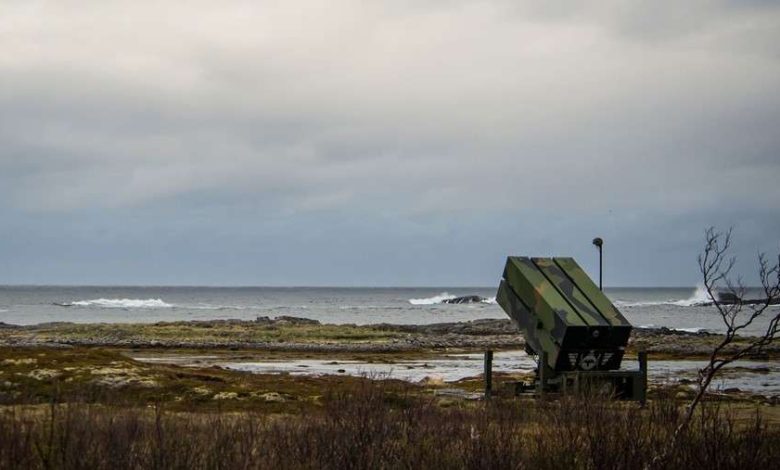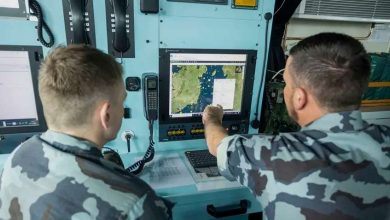
Revamping the Skies: Norwegian Defence Materiel Agency Enhances NASAMS Radar Systems
Kongsberg Defence & Aerospace has finalized an agreement with the Norwegian Defence Materiel Agency (FMA) to enhance the radars on the NASAMS Air Defence System.
Norway has been utilizing the air defense system NASAMS (Norwegian Advanced Surface-to-Air Missile System) for several years, which comprises launch platforms with missiles, command and control stations, radars, and electro-optical sensors. Now, the radars, known as “AN/MPQ-64,” are set to undergo enhancements by substituting specific components.
“The aim of this enhancement is to guarantee that the NASAMS air defense system retains its capability to detect, identify, and neutralize airborne threats. This upgrade will align the NASAMS radars with the configuration and performance of our partners, incorporating functionalities akin to modern radars. This initiative furthers the modernization of Norway’s air defense,” states Brigadier General Jarle Nergård, Head of the Air Systems Division at FMA.
“The upcoming enhancements will propel the development of NASAMS and leverage innovations realized in partnership with other nations utilizing NASAMS. The growing and expanding network of NASAMS operators supports the ongoing evolution of the system,” remarks Kjetil Myhra, Executive Vice President Integrated Defence Systems at Kongsberg Defence & Aerospace.
NASAMS is a mobile solution with exceptional operational versatility for safeguarding assets such as air bases, harbors, military forces, or densely populated regions. It is currently operational in 13 countries, including Norway, the United States, and Ukraine.
The agreement for upgrading the new NASAMS radars is established with Kongsberg Defence & Aerospace and is valued at NOK 365 million. The initial radar is undergoing enhancements by the manufacturer Raytheon Missile and Defense, which will also provide the upgrade modules. Kongsberg Aviation Maintenance Services will oversee the subsequent upgrades of the radars. The project is anticipated to be completed by the end of 2025.





